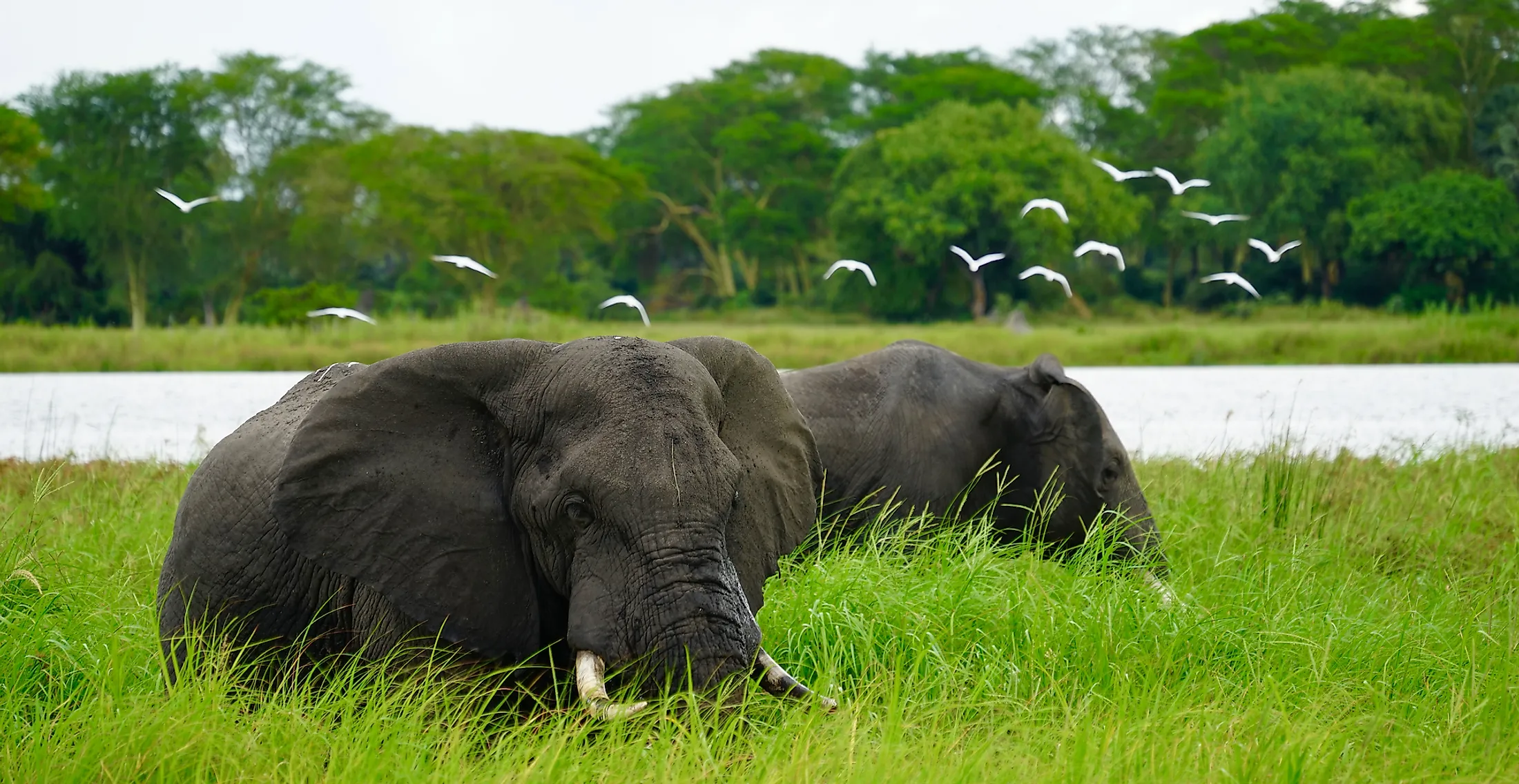Yellowstone national park, Wyoming, USA
Yellowstone the oldest national park in the world and was signed into law 1st March 1872. Covering almost three and a half thousand square miles (nearly 9000 square kilometres) it consists of lakes, canyons, rivers and mountain ranges. Mammals within the park include wolves, cougars , coyotes, red fox bobcat Canada lynx as well as a range of large herbivores such as bison elk and moose.
Old faithful is a geyser within the park which erupts regularly as one and is one of the regular draws of the area.












